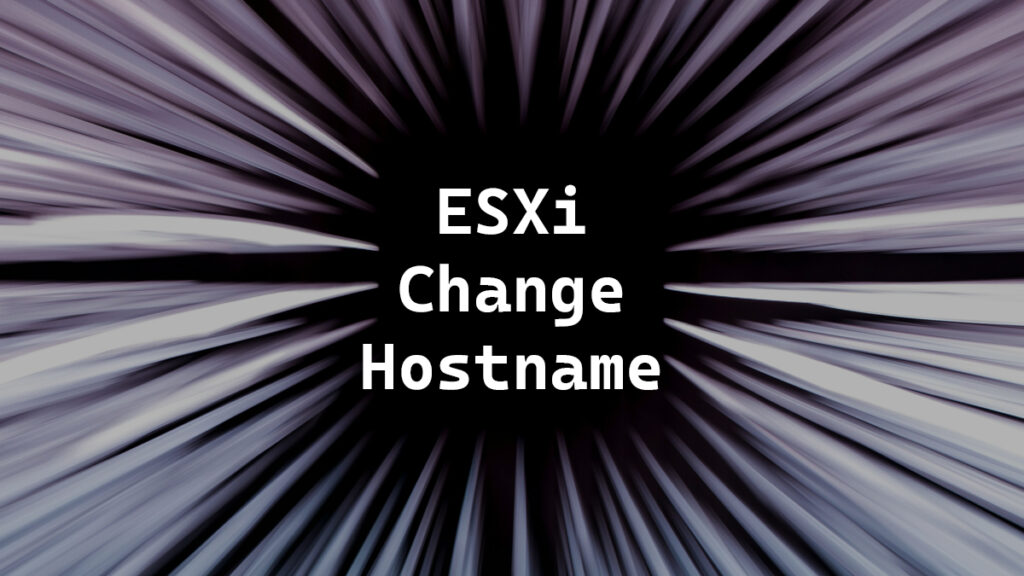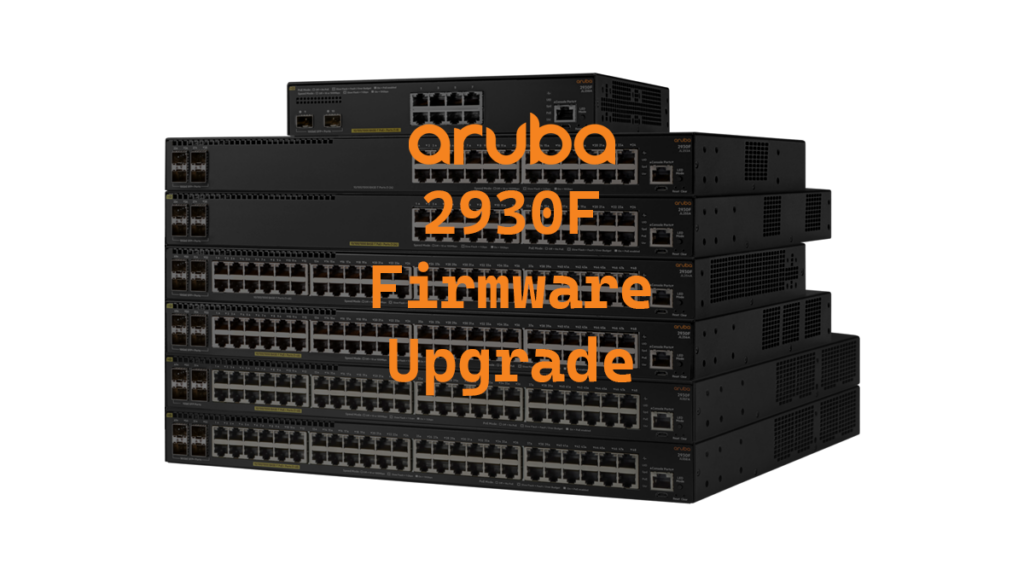I got tired of having to manually edit ADSI values for more then one user so I wrote a PowerShell script to automate the process. I even went to the extent to include a display of the values that were changed at the end. The main purpose of this script was to edit the msExchHideFromAddressLists value when the user is placed in a specific OU. I ended up deciding to make my script in a way so that I could just change 3 values and it will do all the work.
Here’s the script.
$value = "msExchHideFromAddressLists"
$ou = "OU=Disabled Users,OU=Contoso,DC=contoso,DC=local"
$yesno = $true
$search = Get-ADUser -filter * -searchbase $ou
Foreach ($U in $search) {
Set-ADUser $U -replace @{$value=$yesno}
}
Write-Output "Results"
Get-ADUser -filter {($value -eq $yesno)} -searchbase $ou -properties $value | Select-Object UserPrincipalName, $value
Code language: PowerShell (powershell)
Just alter $value, $ou, and $yesno to suit your needs and the script does the rest.


















